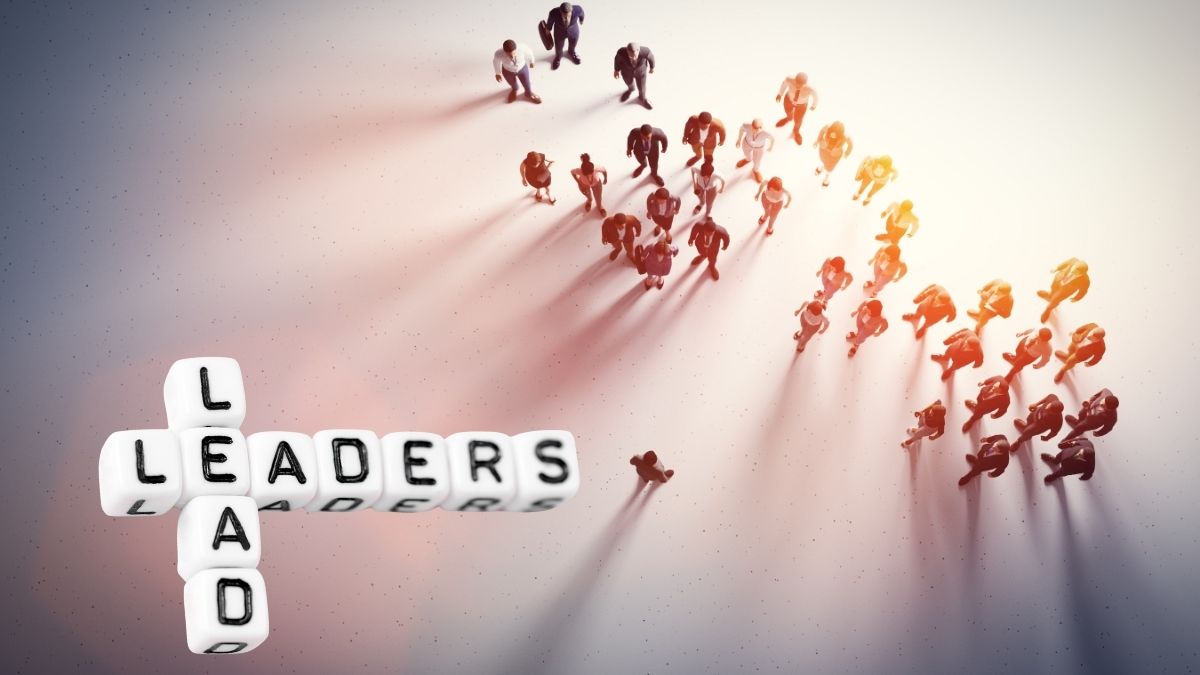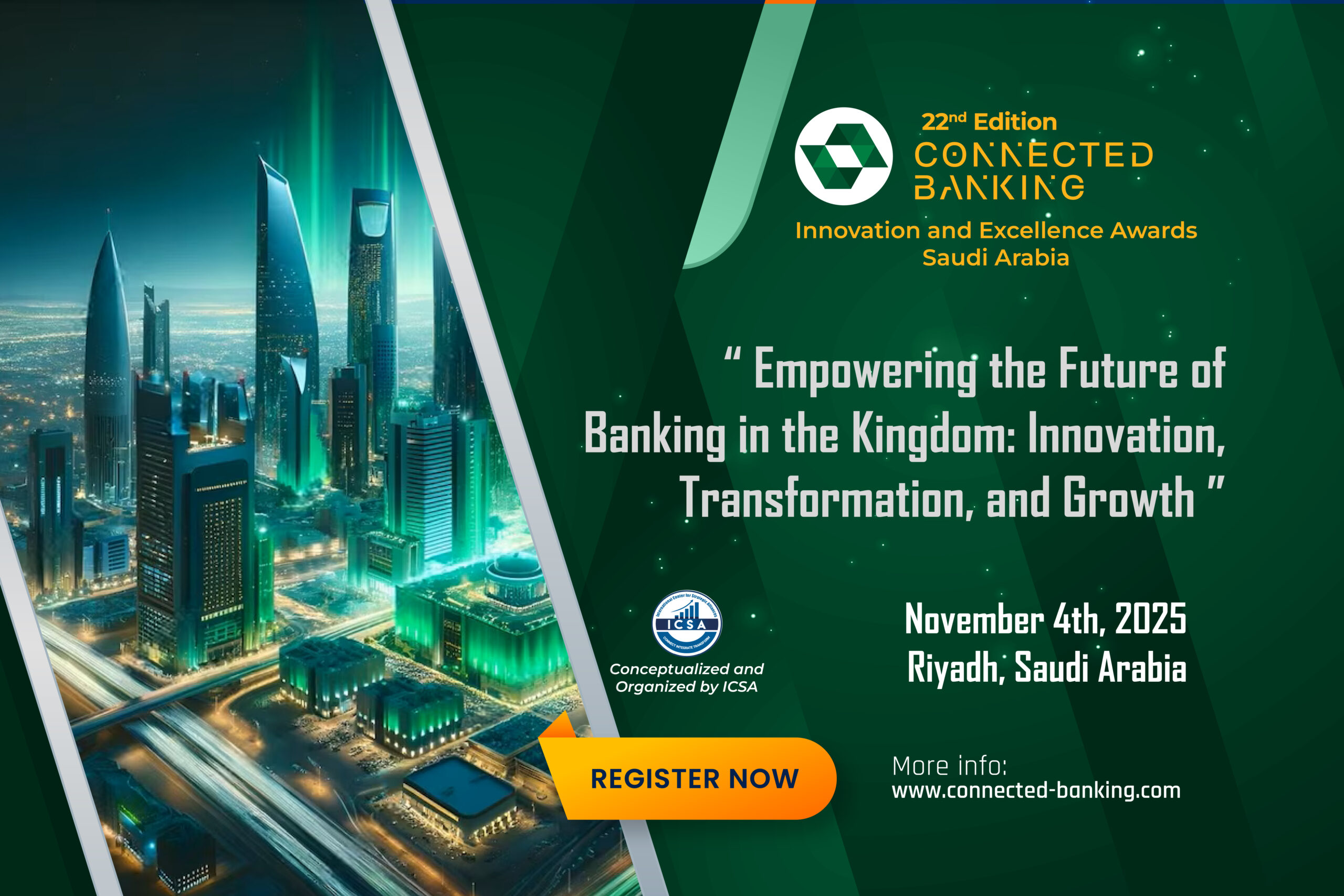
By Chiron Yeng, International Speaker, Bestselling Author, Heart-Centered Leadership Mentor
The wellness economy is booming. In 2023, it was valued at US $6.3 trillion globally, making up nearly 6% of the world’s GDP. It continues to grow across Asia-Pacific, where demand for everything from coaching to mental health services to holistic health is surging.
But beneath the expansion lies a paradox: the very people drawn to building purpose-driven businesses often burn out themselves. And when leaders collapse, the businesses they’ve built suffer too. The World Health Organisation estimates that depression and anxiety cost the global economy US $1 trillion or 12 billion workdays annually in lost productivity.
In Australia alone, 82% of workers report feeling burnt out, compared to a global average of 48.
These numbers highlight what I know from lived experience: burnout is not just a personal struggle, it is a business risk.
Illness, leadership, and a turning point
At eight years old, I was diagnosed with a chronic autoimmune condition and told I would need medication for the rest of my life. By my teenage years, I was already burnt out, working harder than anyone yet feeling emptier by the day. At sixteen, I stopped the medication and began a search that would take me across five continents, learning from shamans in Peru, healers in South Africa, astrologers in Taiwan, and contemplative psychologists in the United States.
The lesson was simple but profound: healing and leadership belong together. You cannot build sustainable businesses if you ignore the health of the people building them.
Leaders as keystones
Leaders are the keystone characters of any organisation. In ecosystems, keystone species like wolves in Yellowstone or white lions in South Africa’s Kruger to Canyons Biosphere Reserve transformed barren land into landscapes filled with thriving biodiversity. Scientists call this trophic cascading. The presence of a single species shifted the entire environment, allowing life to flourish again.
Conscious leadership has the same effect. When leaders take responsibility for their environment, they can transform cultures that once seemed depleted into thriving ecosystems of creativity and resilience.
This insight was personal for me. When I stopped outsourcing responsibility for my health and became the leader of my own life, I experienced spontaneous healing. I realised then what I teach now: leaders have the power to change the environment. The environment will change the people. And the people will, in turn, support the leader’s mission and make it a success.
Beyond slogans: what purpose really means
In fast-growing industries like fintech, digital health, and wellness services, purpose has become a buzzword. Too often, it gets watered down into mission statements that don’t translate into practice.
For me, purpose means alignment. It’s when the values of a business and the values of its people meet. When that happens, employees show up with energy that can’t be manufactured with bonuses or perks.
Purpose is the fuel for resilience, innovation, and retention.
In the wellness economy, this is obvious: people want their work to heal, inspire, or transform lives. But it’s just as relevant in fintech or financial services.
If your mission is to democratise access to finance or build trust in digital payments, you are offering more than a product, you are creating meaning. Leaders who embed that meaning into daily operations create organisations that thrive.
Integrity, vulnerability, and sensemaking
Authenticity in leadership isn’t about saying whatever comes to mind. It is about integrity, vulnerability, and sensemaking.
Integrity is radical honesty: saying what you mean, doing what you say, and holding yourself accountable. In business, it builds clarity. Clarity reduces wasted energy and confusion, which are silent drivers of burnout.
Vulnerability means giving people the space to take risks, make mistakes, and own their choices. Leaders who model vulnerability allow their teams to innovate without fear. That courage builds confidence and adaptability, essential traits in markets that shift quickly.
Sensemaking is the ability to help people interpret complexity and see meaning in uncertainty. It turns confusion into clarity and fear into possibility. Leaders who practise sensemaking instil hope and purpose in their teams. Without it, people feel lost. With it, they feel guided and engaged.
Together, these qualities create trust. And trust, more than any quarterly result, is what keeps businesses alive when pressure rises.
Practical steps for leaders
Preventing burnout while building purpose-led businesses is not about slowing down. It is about choosing sustainability over short-term wins. Here are three practices I encourage leaders to adopt:
- Redefine success. Look beyond revenue and KPIs to include the wellbeing of your people. What gets measured gets managed.
- Design for capacity, not just output. Create systems that protect energy, with flexible work, time for rest, and leaders who model balance.
- Normalise honest dialogue. Admit uncertainty. Ask for feedback. Create space for teams to voice concerns without fear.
These practices sound simple, but they anchor growth. They remind everyone, from executives to new hires, that businesses are human systems, not just financial machines.
Leading without burnout
The wellness economy gives us a clear case study. If businesses in this space can’t model healthy leadership, the contradiction undermines the very trust they depend on. But the principle reaches far beyond wellness. Whether you are scaling a fintech startup, building a consulting practice, or leading a multinational, the same truth applies: burnout is not just a human cost, it is a business liability.
My own path, from illness and exhaustion to mentoring leaders across APAC, has shown me that the antidote lies in aligning wellbeing with leadership.
Purpose is not a side benefit. It is the foundation of sustainable business. Integrity, vulnerability, and sensemaking are not weaknesses. They are the architecture of resilience.
Leadership without burnout is more than possible. It is necessary. And just as keystone species revive ecosystems, conscious leaders have the power to transform workplaces into thriving environments where people, and businesses, flourish.




